Elden Ring Nightreign guide: all our advice for surviving the night in one place
Enter your next Nightreign run prepared with our guides to weapons, nightfarers, bosses and more.
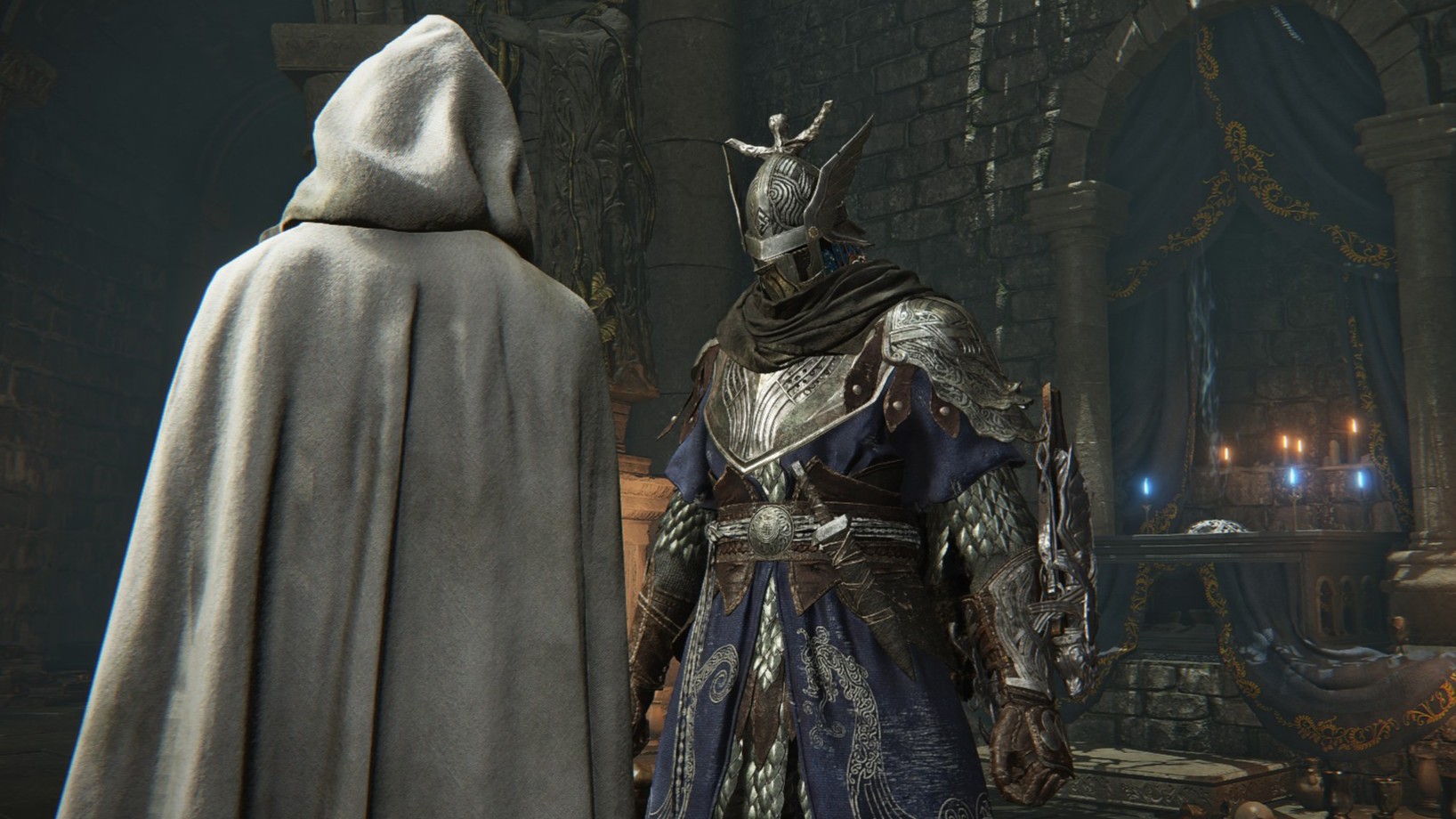
We're used to FromSoftware games being hard, but Elden Ring Nightreign can be mean. You're going to run into at least one evil Nightlord, confusing objective or under-explained mechanic in this co-op action game and wonder how the heck you were supposed to survive, let alone win the day.
We've written a ton of Elden Ring Nightreign guides to help lessen its sting. You'll find all of them below, organized into categories around gameplay basics, character-specific tips, and strategies for the toughest bosses.
Elden Ring Nightreign basics
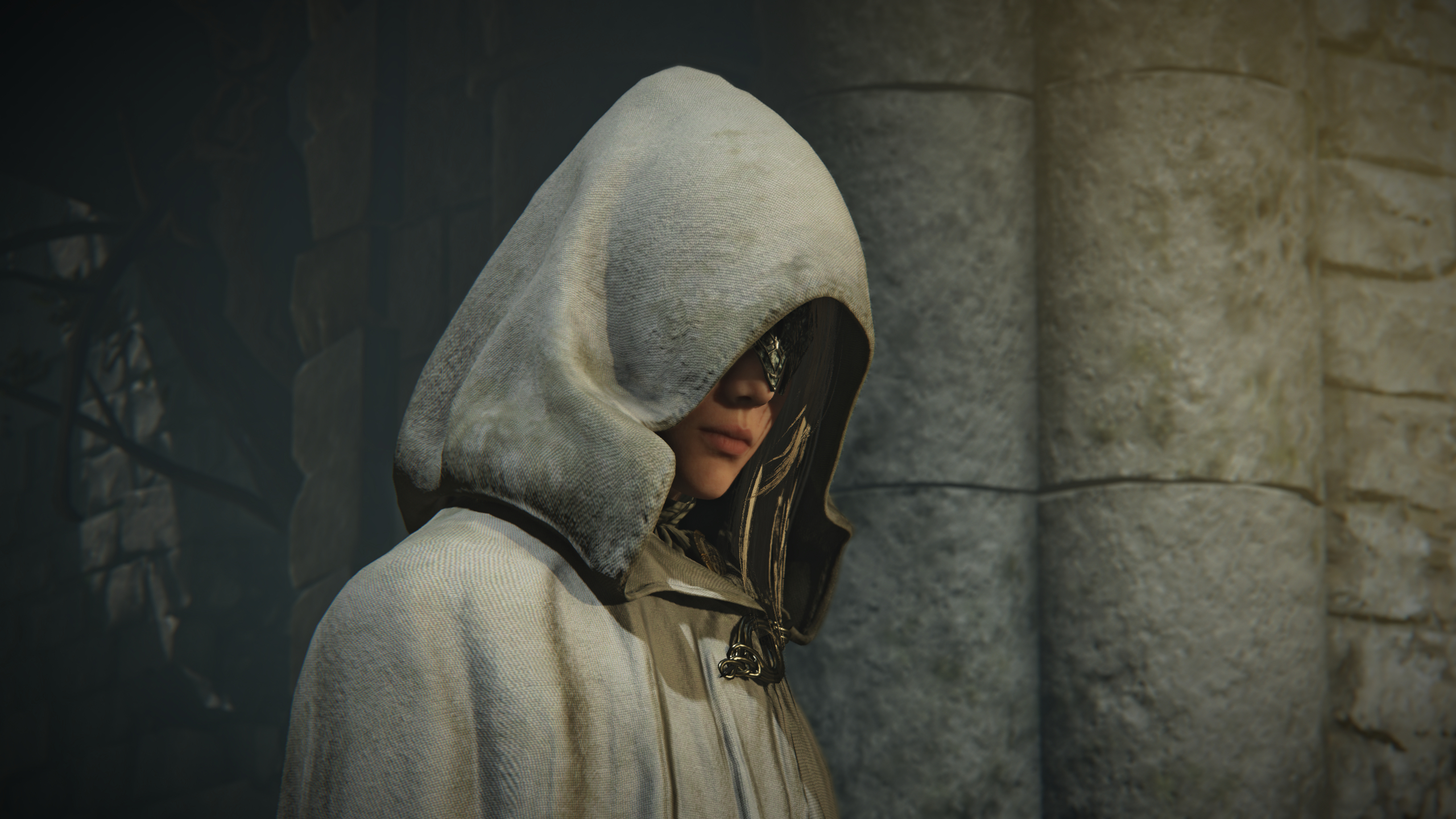
Here are a few primers on journeying in Limveld, packed with tips, system explainers, and everything in lands between.
Nightreign beginner tips: Our best advice for surviving Limveld, or at least dying a little less
Nightreign multiplayer: How to squad up
Nightreign outfits: Nightfarers can change their appearance
Nightreign rune farming: Level up fast (without getting furious)
Nightreign relics and rites: Set your nightfarer up right
Nightreign Stonesword Keys: Where to find these key items
Nightreign Ironeye easy mode: Struggling with the challenge? Try the archer
How to emote in Nightreign: Caveman communication tools
Elden Ring Nightreign Nightfarer guides
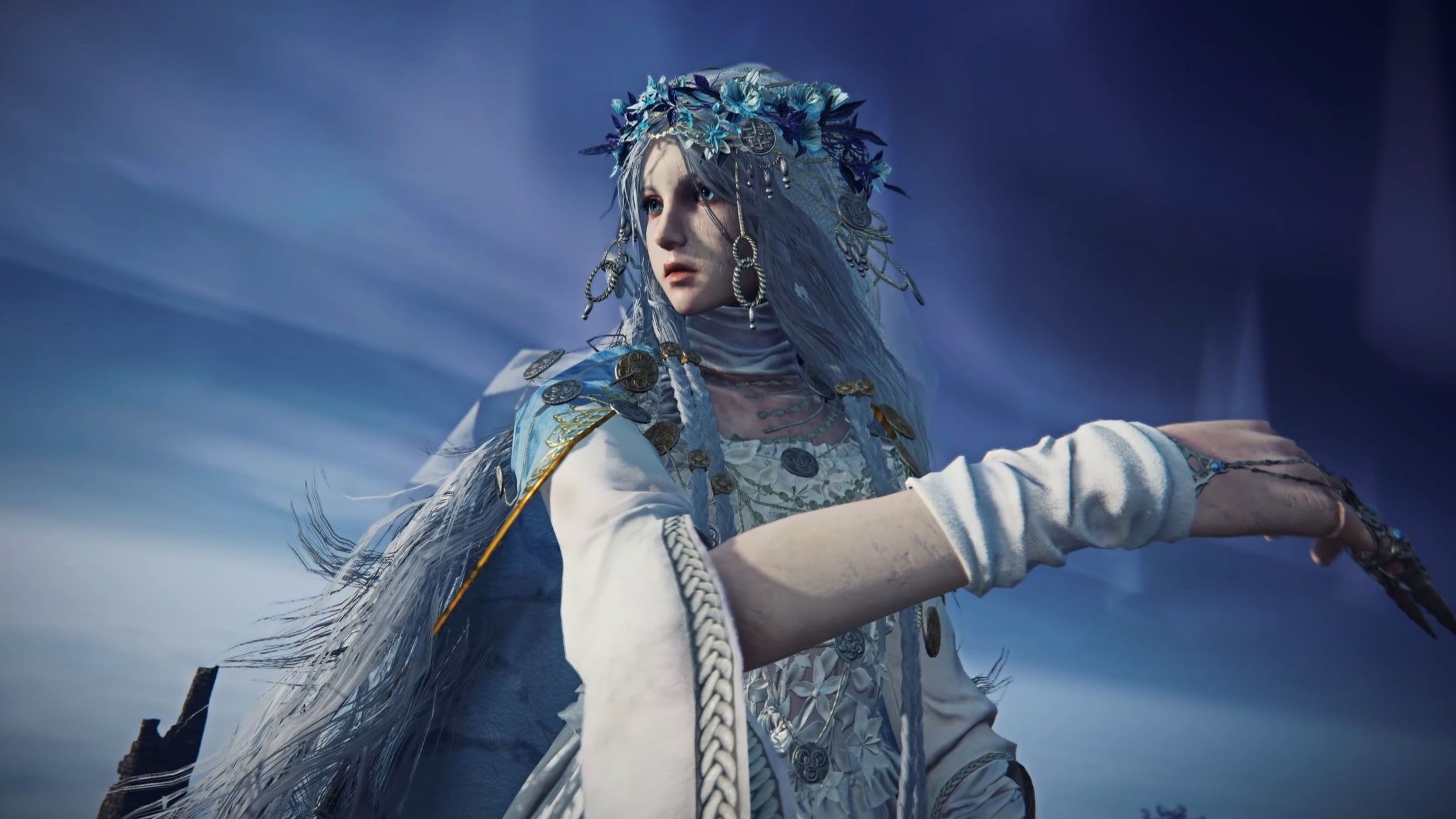
Elden Ring Nightreign doesn't hand much to you, but a few guides on how to unlock more Nightfarers and collect a few outfits may help.
Nightreign: Nightfarer tier list: The who's who of co-op Elden Ring
All Nightreign characters: Get the lowdown on each Nightfarer
Nightreign Dark Souls outfits: Fashion for every Nightfarer
Nightreign: How to unlock Duchess: Add the glass cannon to your roster
Nightreign: How to unlock Revenant: She'll turn your enemies into allies
The journey begins with your Nightfarer of choice, so pick a playstyle and keep one of our guides on the best Nightreign builds and weapons handy.
Nightreign Duchess build guide: Daggers, bows, and sorcery
Nightreign Executor build guide: Master of parries
Nightreign Guardian build guide: Better love blocking
Nightreign Ironeye build guide: Glory to the bowman
Nightreign Revenant build guide: Summoning skellies
Nightreign Recluse build guide: Controlling the elements
Nightreign Raider build guide: Unleash the battlecry
Nightreign Wylder build guide: Grappling with greatswords
Don't let the nature of Elden Ring Nightreign fool you; FromSoftware still has a story to tell. Supplement your journaling in the Roundtable Hold with a few memory fragments and Rememberance quest guides.
All Nightreign Remembrance quests: The actual story
Nightreign memory fragments: Unlock the way forward with new journal entries
Nightreign Guardian Golem location: The Guardian's first personal objective
Nightreign: Whetstone location: Find the key item for The Wylder's Remembrance mission
Elden Ring Nightreign boss guides
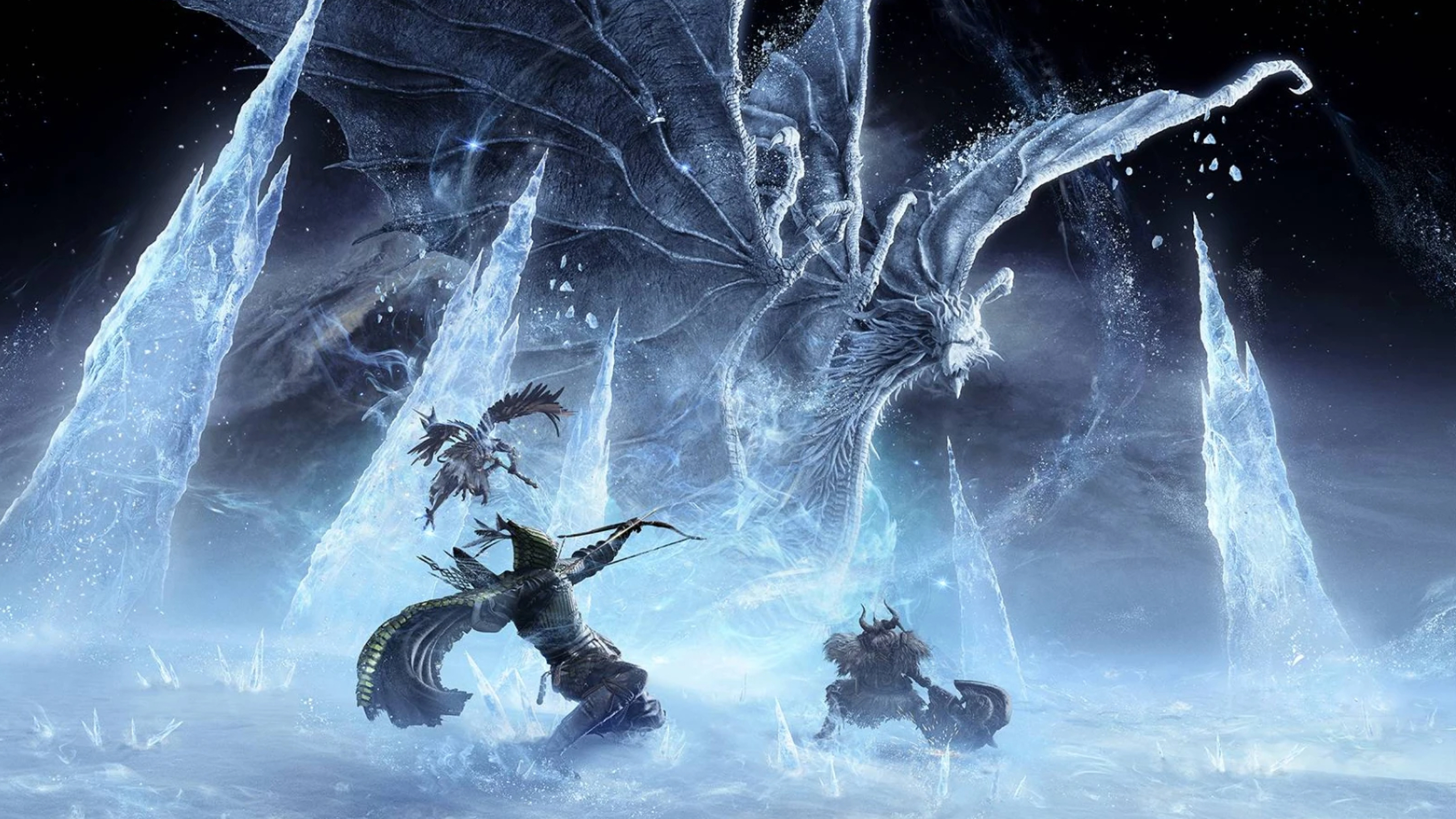
If you're struggling with any Elden Ring abominations, don't try to solo her. We've sent our best and bravest out to die thousands of times for Nightlord guide science.
Nightreign boss list: Every terror you'll face in Limveld
Nightreign Gladius guide: You can't pet the dog(s)
Nightreign Adel guide: Half-hippo, half-bird, all pain in the ass
Nightreign Libra guide: Deal with the deceptive goatman
Nightreign Maris guide: Stay awake and stay back
Nightreign Gnoster guide: Ultimate bug fighting machine
Nightreign Caligo guide: Bring the heat to this complete ice-hole
Nightreign Fulghor guide: Down with the Darkdrift Knight
Nightreign Heolstor guide: Put the Nightlord in the dirt to finish the story
Nightreign team compositions: Synergizing Nightfarer parties for every boss encounter
Nightreign locusts: Stop an invading Nightlord from stealing your runes
Elden Ring Nightreign weapons
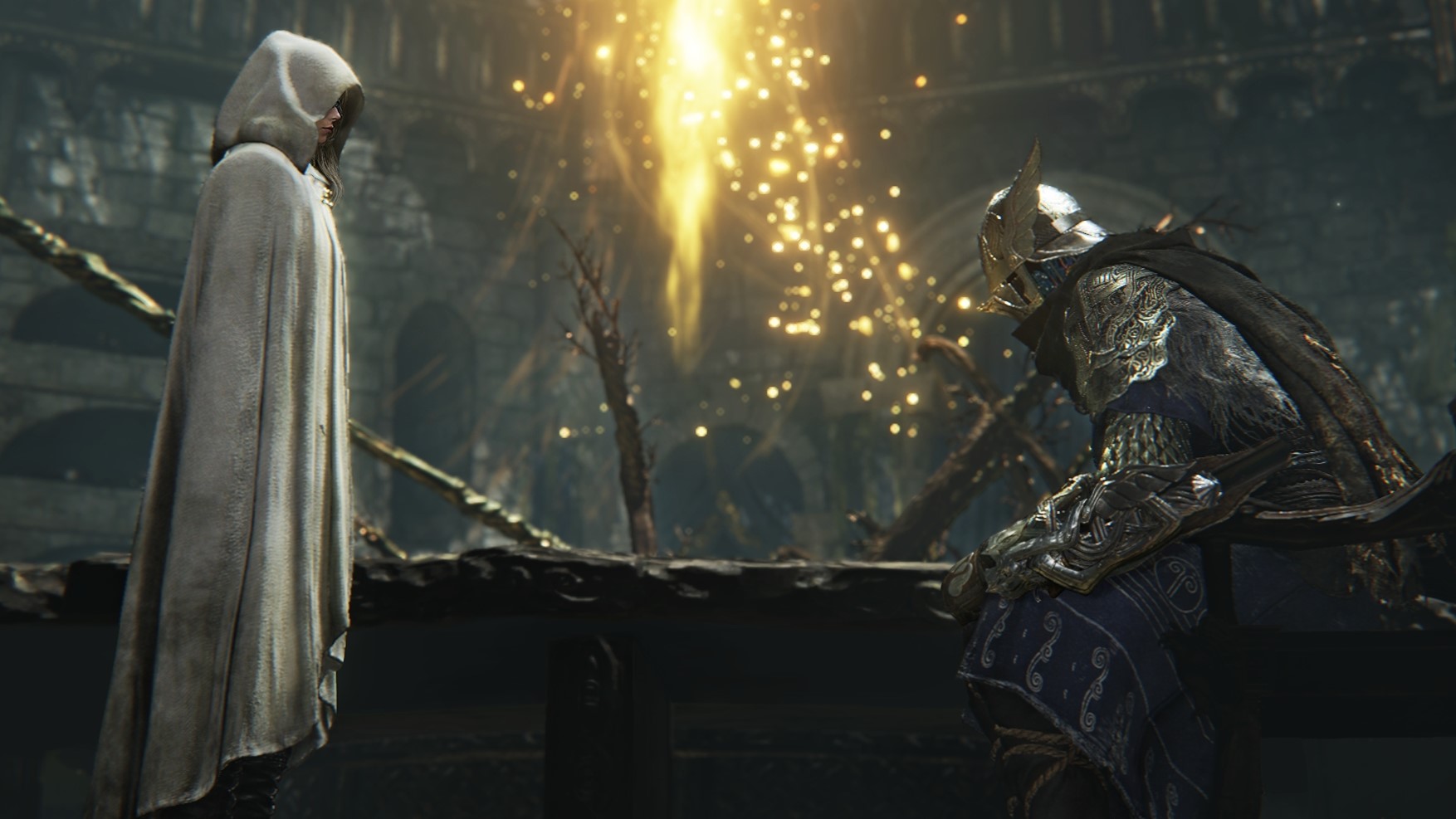
You may be maidenless, but no need to be weaponless. Here's a whole armory's worth of knowledge for gearing up in Nightreign.
Nightreign weapon passives: Check for buffs
Nightreign legendary weapons: They're shiny for a reason
Nightreign Smithing Stones: Upgrade your weapons
Nightreign merchant locations: NPCs to remedy any bad RNG loadout
Nightreign Shifting Earth: Crater event: Brave the lava for a legendary reward
Keep up to date with the most important stories and the best deals, as picked by the PC Gamer team.

Andrea has been covering games for nearly a decade, picking up bylines at IGN, USA Today, Fanbyte, and Destructoid before joining the PC Gamer team in 2025. She's got a soft spot for older RPGs and is willing to try just about anything with a lovey-dovey "I can fix them" romance element. Her weekly to-do always includes a bit of MMO time, endlessly achievement hunting and raiding in Final Fantasy 14. Outside of those staples, she's often got a few survival-crafting games on rotation and loves a good scare in co-op horror games.
- Wes FenlonSenior Editor
You must confirm your public display name before commenting
Please logout and then login again, you will then be prompted to enter your display name.

